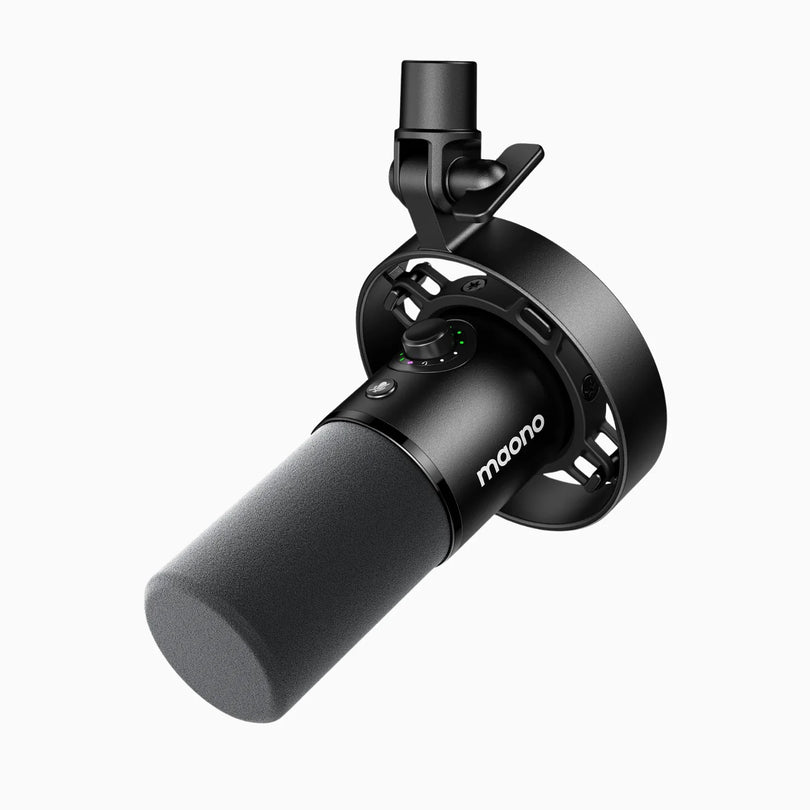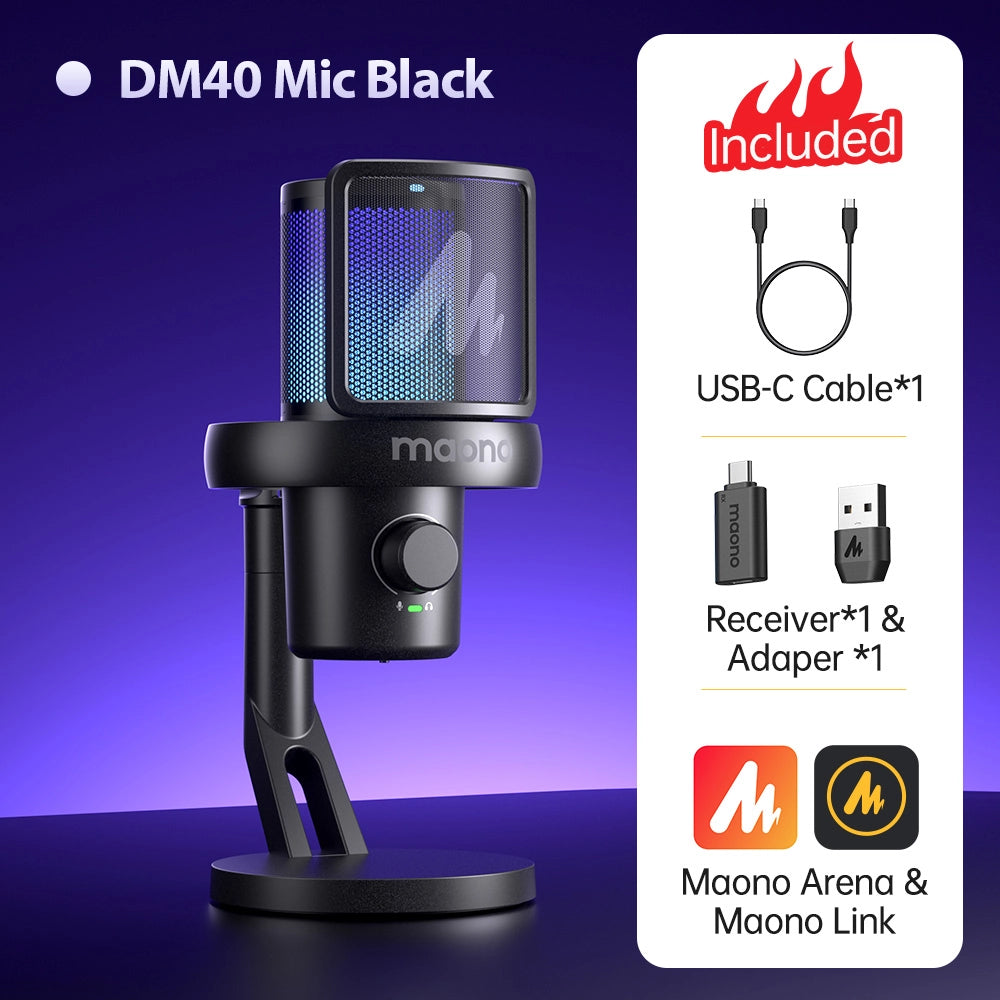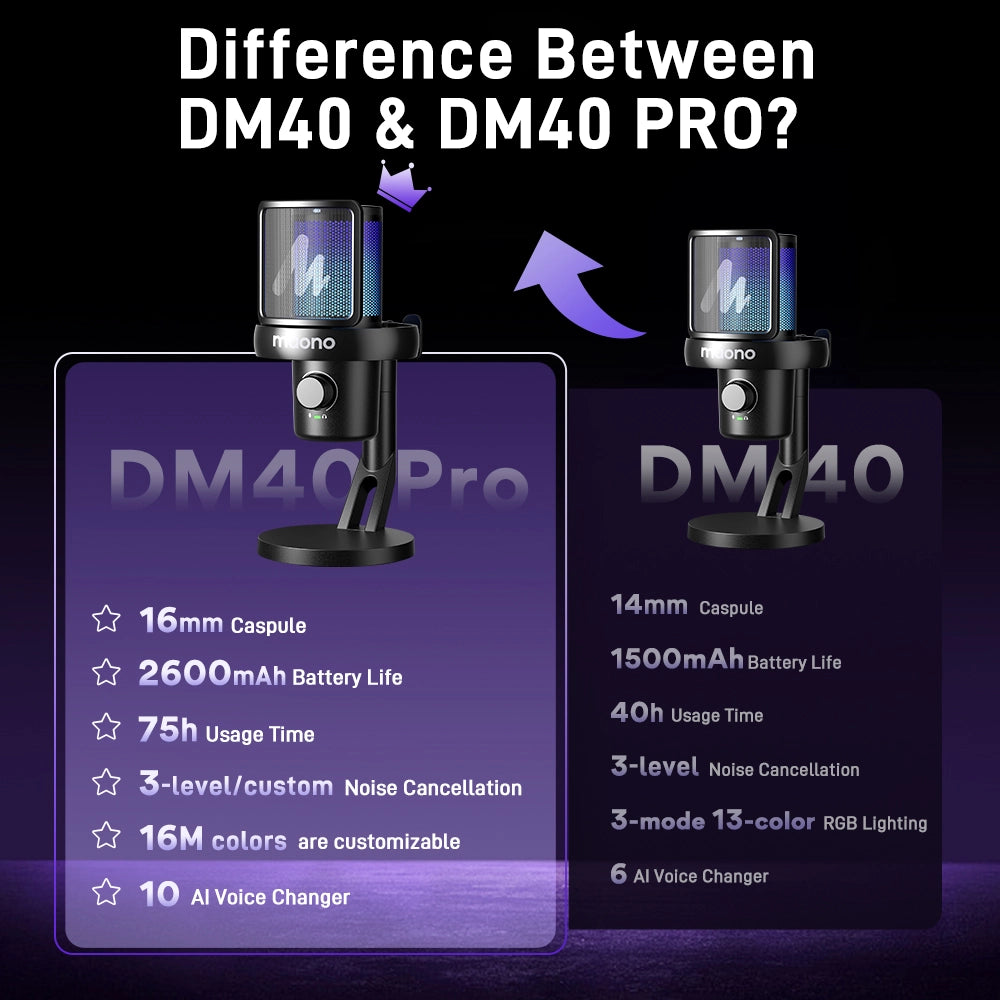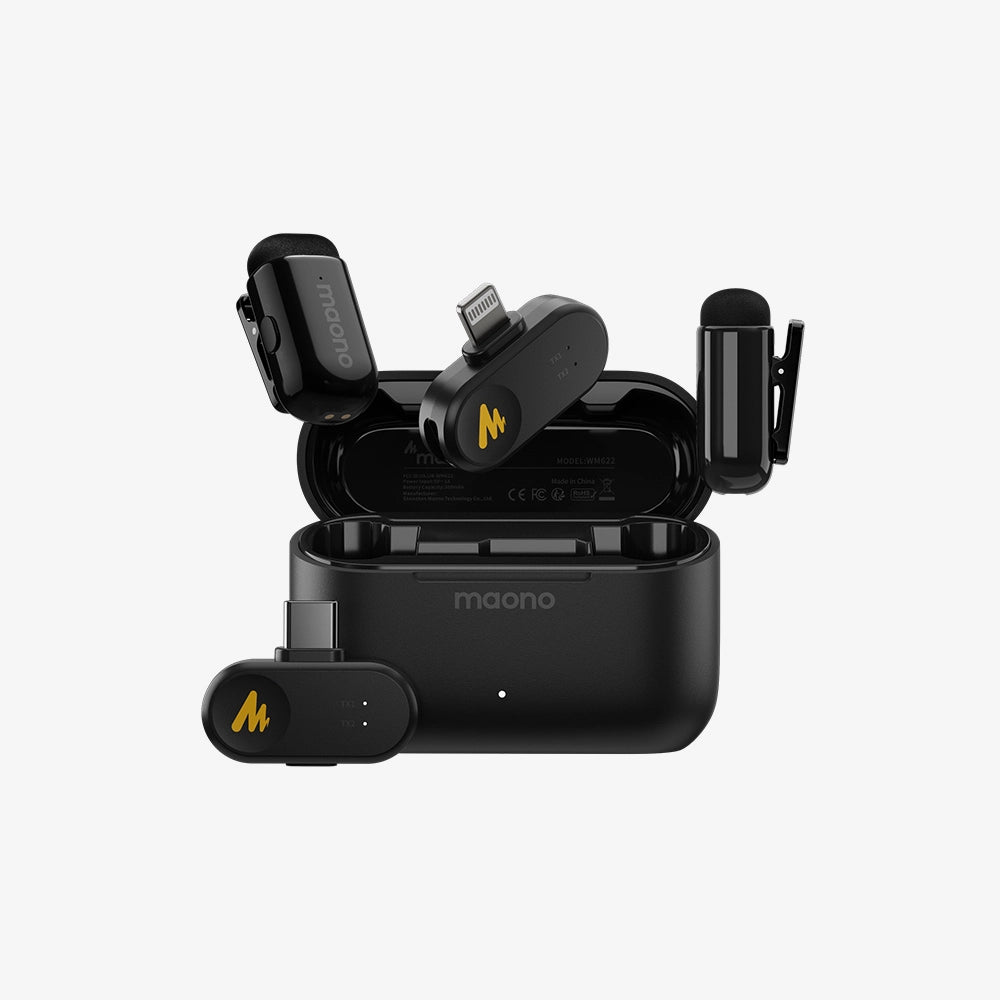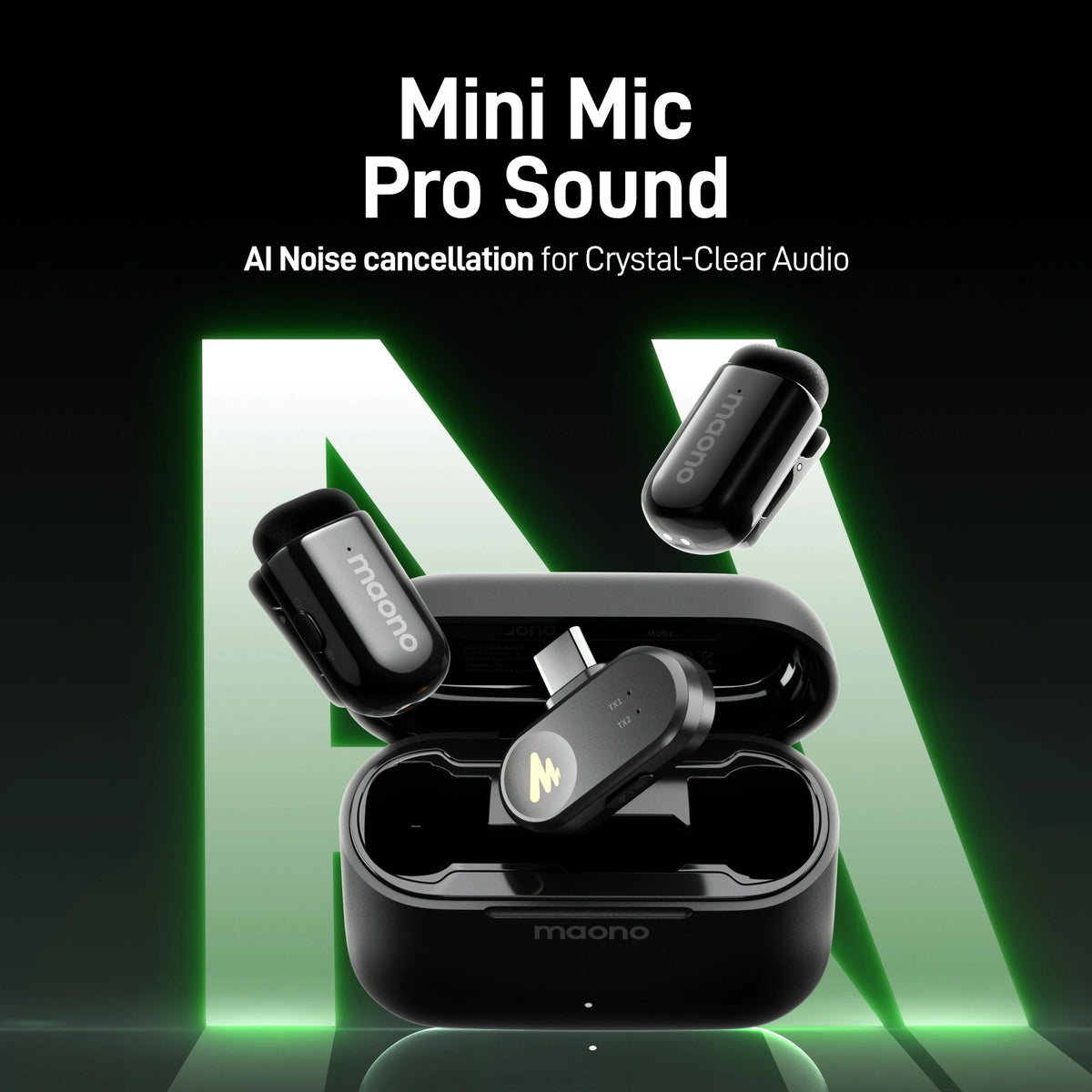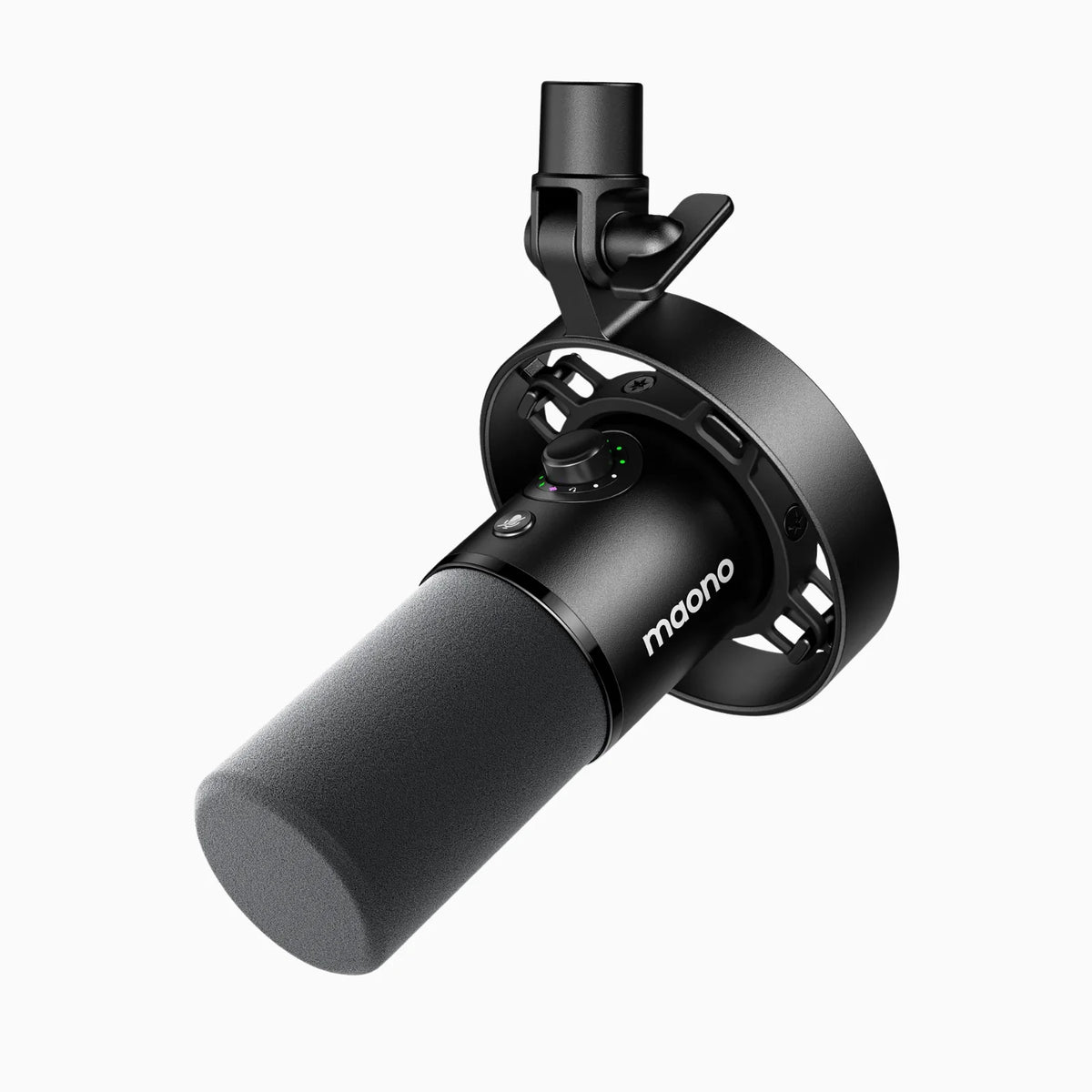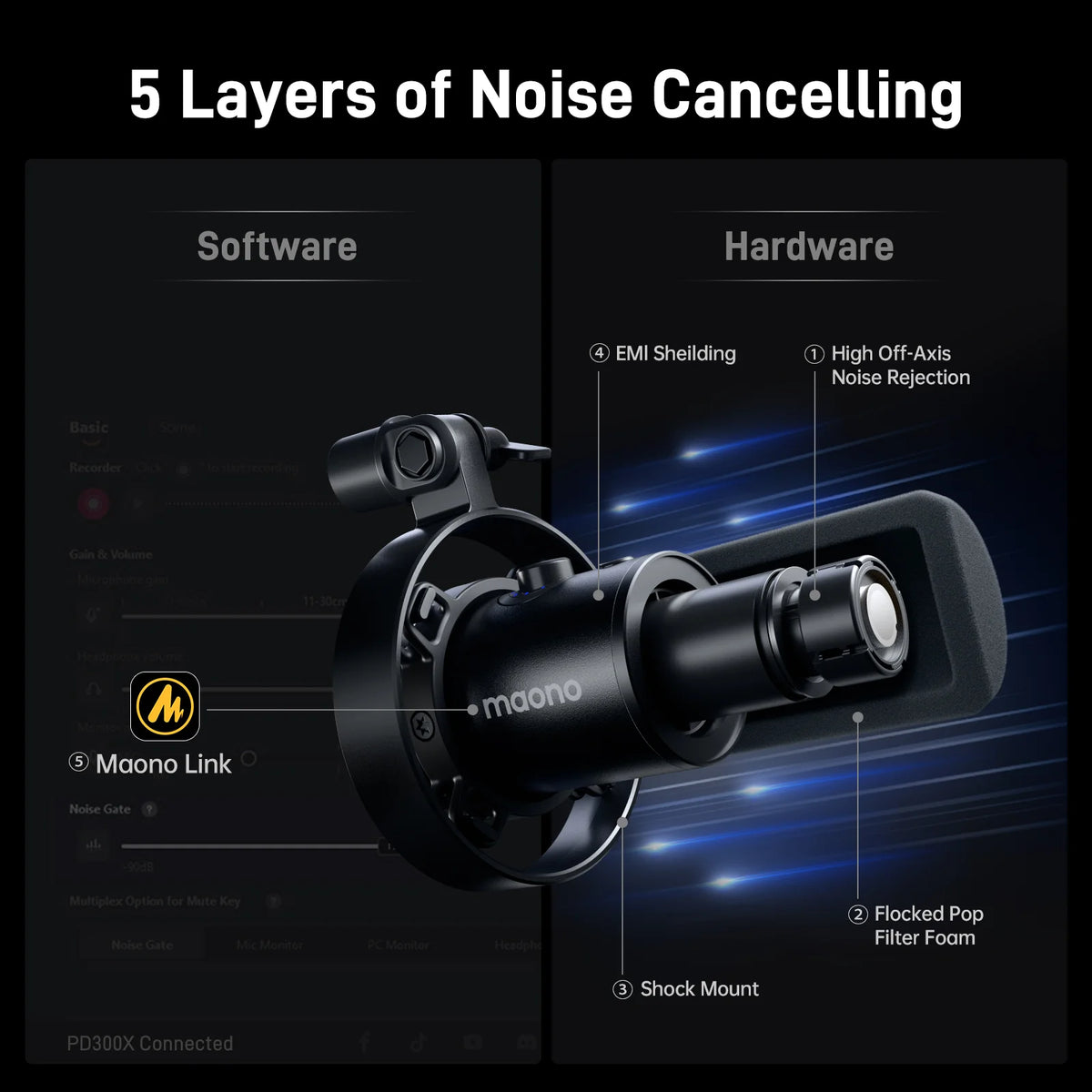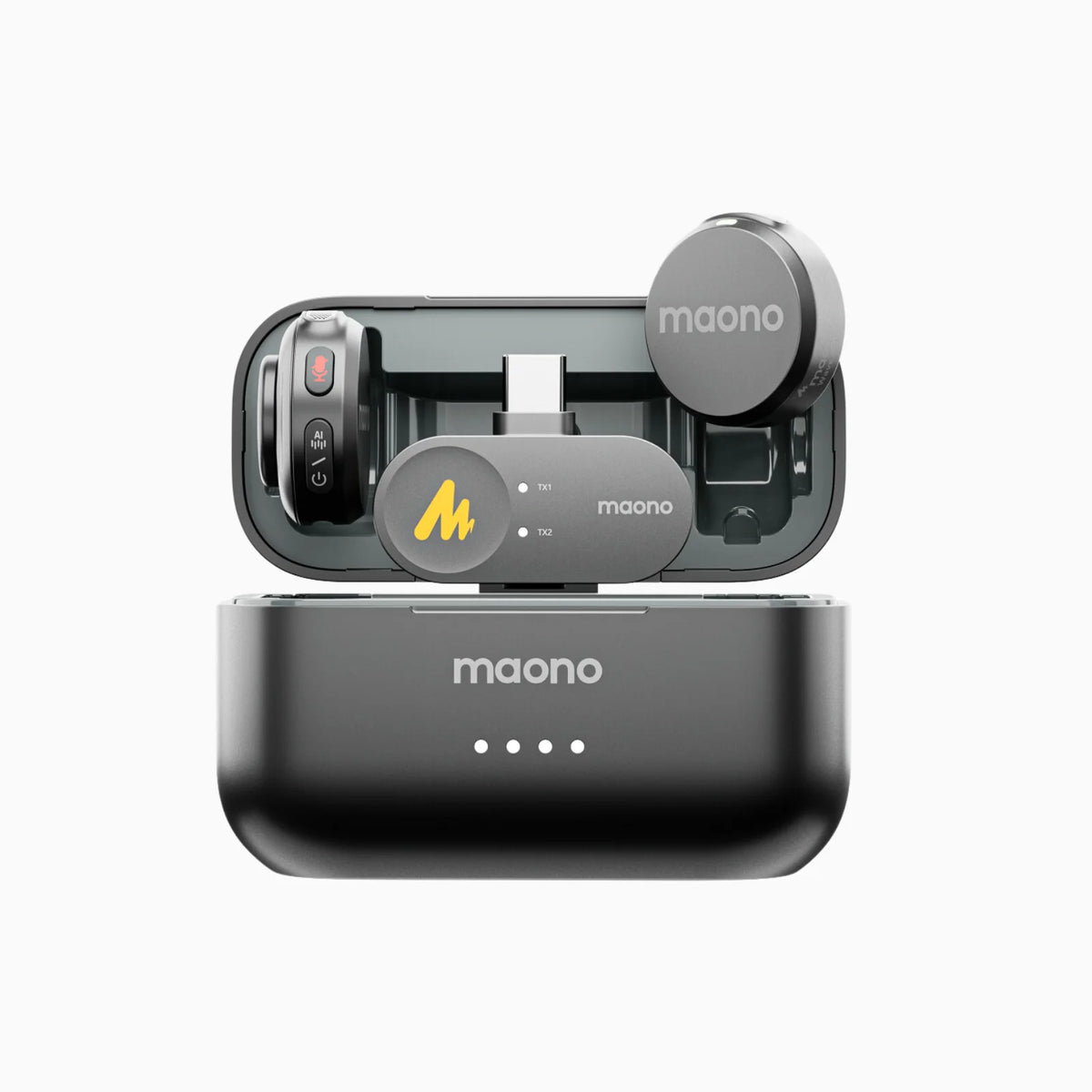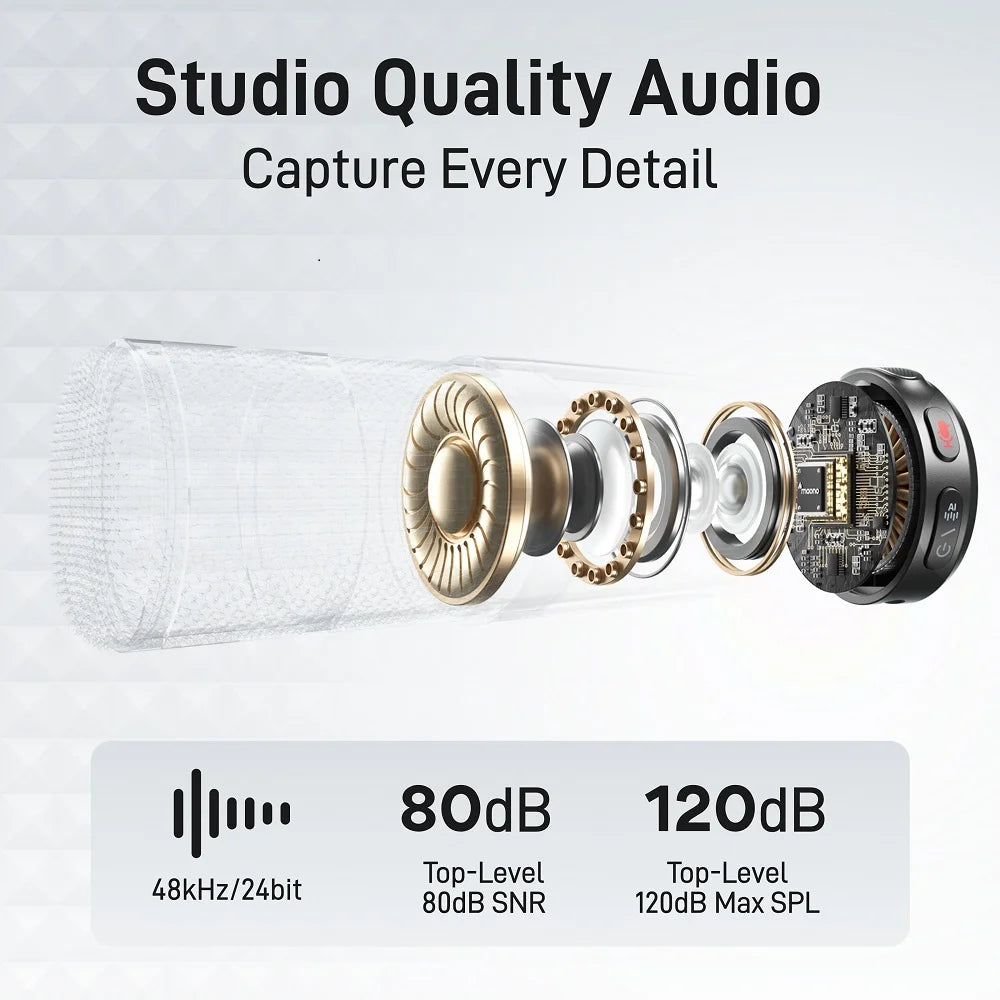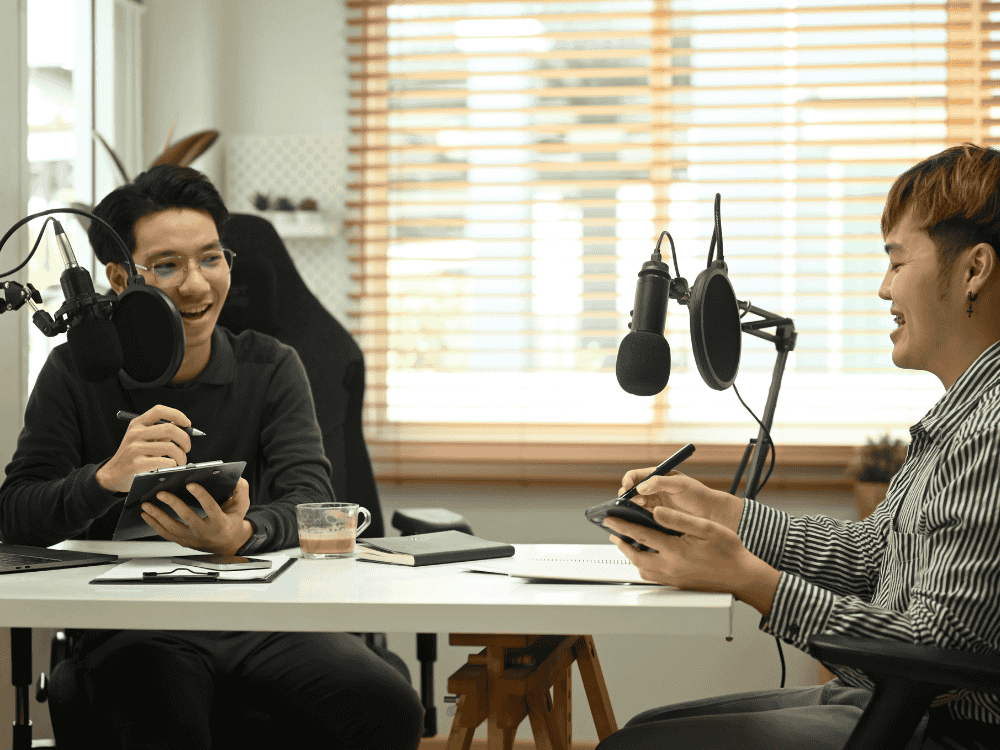Say you want to narrate or tell a story about something and you prefer not to show your face for some reason--this is possible. All you will need is a reliable wireless microphone that will record your voice with clarity.
Podcasting has become one of the most popular forms of content creation, allowing individuals and businesses to share their stories, knowledge, and entertainment with a global audience. But what makes a podcast truly engaging? One of the key elements is storytelling.
What is the Meaning of Podcast?
Storytelling in podcasting means presenting content in a structured, engaging way that captivates listeners. Whether through personal narratives or monologues, interviews, or investigative journalism, storytelling helps create a connection between the host and the audience. A well-structured podcast integrates elements like suspense, emotion, and pacing to make the content more engaging and memorable.
What Are the Types of Podcast Genres?
Podcasts come in various genres, each catering to different audiences and interests. Some of the most popular podcast genres include:
-
True Crime
An investigative storytelling focused on real-life crimes.
-
News & Politics
Current events and political discussions.
-
Business & Finance
Provides insights into entrepreneurship, investing, and financial management.
-
Health & Wellness
Topics related to mental health, fitness, and overall well-being.
-
Technology
Updates and discussions on the latest tech trends.
-
Comedy
Humor-driven podcasts that entertain and engage audiences.
-
Education & Self-Improvement
Informative content aimed at personal and professional growth.
-
Sports & Entertainment
Discussions about sports events, celebrities, and pop culture.
-
Storytelling & Fiction
Audio dramas and fictional stories that immerse listeners.
What is a Podcast Format?
A podcast format refers to the structure and presentation style used in an episode. The format you choose determines how you deliver content, whether it’s an informal chat, an investigative report, or a scripted narrative. The format impacts audience engagement and determines the workflow of recording and editing.
What Are the Different Types of Podcast Formats?
Here are the most common podcast formats:
Solo (Monologue) Podcast
A single host shares insights, stories, or knowledge on a topic.
Interview Podcast
The host invites guests to discuss specific topics.
Co-Hosted Podcast
Two or more hosts discuss topics together, creating dynamic conversations.
Panel Podcast
A group discussion featuring multiple guests, often used in expert discussions.
Storytelling Podcast
Uses narrative elements to tell true or fictional stories.
Educational Podcast
Focuses on teaching and sharing valuable insights.
News & Current Events Podcast
Provides updates and analysis on trending topics.
Conversational Podcast
Casual, unscripted discussions between hosts and guests.
What Podcast Format Should You Choose If You Wish to Do a Solo or Monologue Podcast?
If you prefer hosting a podcast alone, a solo or monologue format is the best choice. This format is ideal for:
-
Personal Branding – Great for thought leaders, coaches, or influencers.
-
Educational Content – Sharing expertise and industry insights.
-
Motivational Talks – Engaging listeners with inspiring stories or lessons.
-
Niche Topics – Catering to a highly specific audience with deep-dive content.
Which Podcast Format Should You Choose for an Interview?
If you want to feature guests and industry experts, an interview format is the best option. It works well for:
-
Networking & Collaborations – Connecting with professionals and influencers.
-
Bringing Diverse Perspectives – Offering fresh insights from different voices.
-
In-Depth Discussions – Providing audiences with valuable knowledge.
-
Building Authority – Establishing credibility through high-profile guest interviews.
FAQs:
How Do I Connect a Wireless Microphone to My Laptop or Audio Interface?
To connect a wireless microphone to a laptop or audio interface, follow these steps:
-
Check Compatibility – Ensure your wireless microphone system is compatible with your device.
-
Turn On the Microphone Transmitter – This device sends audio signals to the receiver.
-
Connect the Receiver – Plug the receiver into the laptop’s USB or audio interface input.
-
Adjust Settings – Configure the microphone in your audio software.
-
Test Audio Levels – Ensure clear sound quality before recording.
How Do I Adjust Microphone Levels for the Best Podcast Sound Quality?
-
Set the microphone gain to an optimal level (not too loud to avoid distortion, not too low to prevent weak audio).
-
Use a pop filter to minimize plosive sounds.
-
Enable noise reduction settings to reduce background noise.
-
Adjust EQ settings to enhance voice clarity and warmth.
-
Monitor the sound through headphones to ensure consistent quality.
What Are the Advantages of Using a Wireless Microphone for Solo Podcasting?
Using a wireless microphone for a solo podcast offers several benefits:
-
Freedom of Movement
No cables restricting movement during recording.
-
Clear Audio Quality
Reduces static noise and interference.
-
Convenient Setup
Easier to handle compared to wired microphones.
-
Professional Sound
Many wireless microphones are designed for studio-quality recording.
What Are the Best Budget Wireless Microphones for Beginner Podcasters?
Two excellent budget-friendly wireless microphones for podcasting are the Maono Wave T5 and Maono WM821.
Maono Wave T5

This Maono Wave T5 wireless lapel mic system is a small, clip-on recording mic wireless that’s compact and portable, ideal for podcasters on-the-go. It sounds clear, even when tested to be used inside a building–there was no reverberation or echo.
-
Lavalier Wireless Microphone
Clip-on design for hands-free use.
-
High Sensitivity Microphone
Captures clear voice audio with minimal background noise.
-
Long Battery Life
Up to 10 hours of recording time.
-
Reliable Wireless Connection
Ensures stable transmission without interference or distortion..
Maono WM821
The Maono WM821 is a dual wireless microphone with a dual transmitter system. It captures clarity of voice and reduces unwanted background noise.
-
Dual Transmitter System
WM821 is a dual wireless mic that supports two microphones for co-hosted or interview-style podcasts.
-
Compact & Portable
This dual cordless mic is lightweight, designed for on-the-go recording.
-
Enhanced Audio Processing
Delivers crisp, clear sound quality.
-
Easy Connectivity
WM821 dual microphone wireless is compatible with laptops, smartphones, and audio interfaces.
Conclusion
Choosing the right podcast format is essential to creating engaging content. Whether you opt for a solo, interview, or storytelling format, the key is to align your format with your goals and audience preferences.
Using a wireless microphone enhances your podcasting experience by offering better sound quality, flexibility, and convenience. Budget-friendly options like the Maono Wave T5 and Maono WM821 dual mic wireless provide excellent audio clarity and ease of use, making them ideal for both beginners and experienced podcasters.
By selecting the right podcast format and investing in a quality wireless microphone, you can produce professional-grade podcasts that captivate your audience and grow your listener base.
Related Article:
Choosing the Right Podcast Format & Best Wireless Microphone Tips




